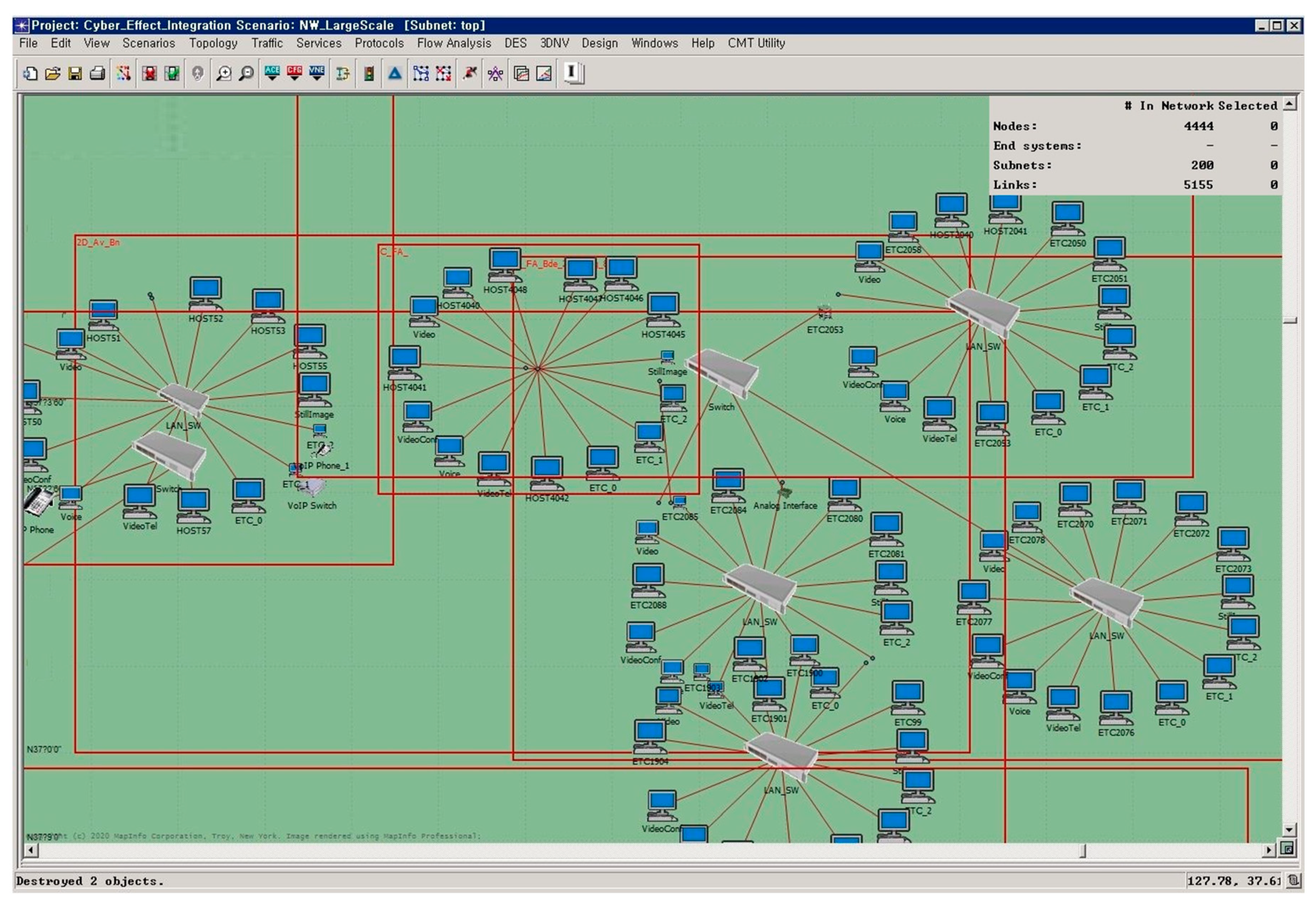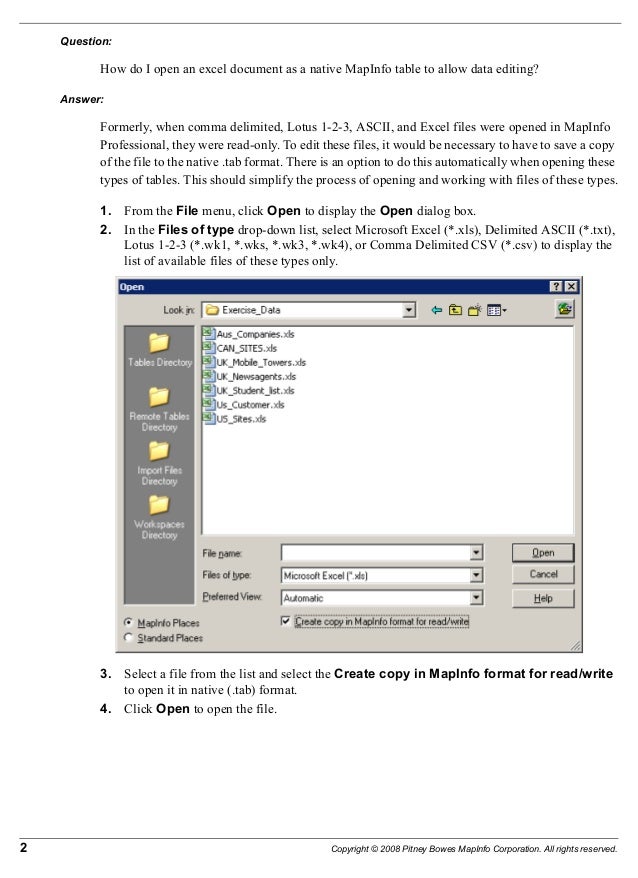

“cap:b” - Butt: The ends of the line don’t extend beyond the end points. PEN(c:#00FF00,id:”mapinfo-5,ogr-pen-7”) - corresponds to MapInfo’s Pen #5,Īnd a system that can’t understand MapInfo pens falls back on the defaultĬap: Pen Cap - Set the shape of end points of lines. MapInfo MIF to TAB translation without any loss. That have their own pre-defined set of line styles (for instance, to do a System-specific ids are allowed in order to prevent loss of information whenĭealing with data from systems that store line patterns in external files or “mapinfo-5”, or “mysoft-lines.sym-123”, or “othersystems-funnyline” System (a number, a name, a filename, etc.).Į.g. The ids should start with the system’s name,įollowed by a dash (-), followed by whatever information is meaningful to that System-specific ids are very likely to be meaningful only to that specific Ogr-pen-8: alternate-line (sets every other pixel) Ogr-pen-0: solid (the default when no id is provided) Here is the current list of OGR pen ids (this could grow time): List of ids so that an application never has to rely on understanding Should always include one of the OGR ids at the end of the comma-delimited One of the pre-defined OGR pen ids for known line patterns. Pen Ids can be either system-specific ids (see further below) or be The names in theĬomma-delimited list of ids are scanned until one is recognized by the target Id: Comma-delimited list of Pen Names or Idsįor systems that identify pens with a name or an id. W: Pen Width, expressed as a numeric value with units (g, px, pt, mm,Įxamples: PEN(c:#FF0000,w:5px), PEN(w:3pt), PEN(w:50g) The default is FF (opaque)Įxample: PEN(c:#FF0000), or PEN(C:#FF0000FF) : the last 2 digits define the alpha channel value, with 0 being Note again that all parameters are optional:Ĭ: Pen Color, expressed hexadecimal (#RRGGBB) Parameters might be added in the future to handle new types of graphical Sufficient to cover all the cases that we have encountered so far, new Here is the current list of PEN tool parameters. Polygon: Defines the way the outline of a polygon should be drawn. Point: When applied to a point, a PEN tool can only define the color To be able to override the default units from inside an attribute Value and probably won’t in most cases it is just an optional feature Note that the attribute field does not have to contain a units Units specified in the attribute fields have precedence (in this case In the first case, theĭefault units will be points (pt), but if the attribute field line_widthĬontains a value followed by a units abbreviation (e.g. = ] = (]]) = name of a drawing tool, for now : PEN | BRUSH | SYMBOL | LABEL = : = see list of parameters names for each drawing tool = | = "" | | ). To have a style specification that is powerful and flexible enough toĪllow all types of formats to exchange style information with the least Of course, few systems can support all that. Leader to the text label, and draw the text string on the last vertex of Tool can be used to place text on a point, stretch it along a line, orĮven, by combining the PEN tool with the LABEL tool, use the line as a

Tool can be used to place spaced symbols along a line. Virtually any type of graphical representation. By combining the use of several tools in a style, one can build
#Mapinfo 10 create a circle command code
The future without breaking existing code or applications.Ī style can use a single tool, or use a combination of one or more This will also make it easy to extend the specification in Possible parameters can safely skip and ignore the parameters it does Style syntax is built in a way that a system that cannot support all We define a small set of drawing tools that are used to build styleĮach drawing tool can take a number of parameters, all optional. The style is actually stored will depend on the most efficient approach The various levels while working on a given dataset. It should be possible to have style information stored at one or more of

This can save storage space when the same Alternatively, a feature can be linked to a style in theĭataset’s table of styles. Mechanism for that is defined further down in this document.Ī feature (OGRFeature object) can have its own complete styleĭefinition. Referred to by the layers or by the individual features. There are two levels at which style information can be found:Ī dataset can have a table of pre-defined styles that can then be Will provide a more efficient way to share style information. In thoseĬases, instead of duplicating the style information on each feature, we The style defines the way a feature should be drawn, but it is veryĬommon to have several features that share the same style.

1.2 Feature Styles can be stored at 2 levels


 0 kommentar(er)
0 kommentar(er)
